What exactly caused some Cheetahs peril at Kuno National Park? Will the project succeed?

Mail This Article
December 1947. As India entered its 4th month of independence, one more species was getting extinct—Cheetah. In 1947, three female cheetahs were gunned down by Maharana Ramanuj Prathap Singh during a hunting trip. The King used to hunt in the forests of Chhattisgarh. Historians say that after the death of those female Cheetahs, the species turned extinct in India.
In the 75th year of Indian Independence, the country has decided to make amends for this grave mistake. It was the Central Government’s Project Cheetah Project that helped in bringing back the species in India. As part of the project, 20 cheetahs were imported from Namibia. The Cheetahs came in two batches to Madhya Pradesh’s Kuno National Park. But then months after the migration, things aren’t exactly looking hunky dory out there.
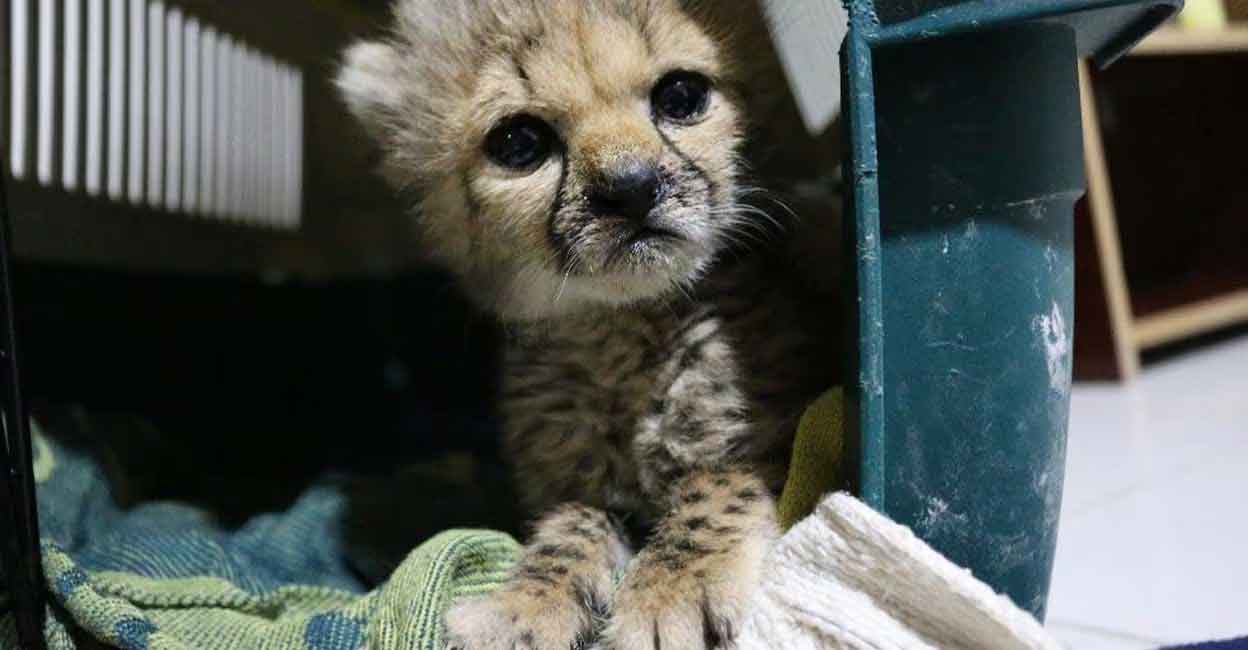
If one takes the survey from 2023 March to August, 9 cheetahs, that include 7 adults and 2 babies, died at the Kuno National Park. The supreme court observed that it was a serious mistake on the part of the Park that 40% of the Cheetahs died within a year of migration. It has also led to severe criticism from wildlife conservationists. What is happening in Kuno? Will the rehabilitation of Cheetahs ever materialize in India? Will the remaining Cheetahs survive the challenging conditions in Kuno?
Dream project but deaths followed
The aim of Project Cheetah was to bring back Cheetahs who had gone extinct in India 7 decades ago. After various studies and research, on September 17, 2022, they decided to import Cheetahs from Namibia. During the first phase, 5 female cheetahs and 3 male cheetahs were brought to Kuno.

After a period of quarantine for expert tests and observation, they were released into the designated forest limits. The media covered their news extensively. A radio collar was also attached to the cheetahs to keep track of them. In the first few months, things moved smoothly. That was why the second batch of cheetahs were also flown in from Namibia. There were 7 male cheetahs and 5 female cheetahs. There were 20 cheetahs now.
But on March 27th the first Cheetah death was reported. Female cheetah Sasha who came with the first batch died because of kidney failure. It was discovered that the four-and-a-half-year-old Sasha was already infected when she was brought to India. But soon after there was happy news at Kuno. Female cheetah Siya had given birth to four children on March 29th and the Central Minister Bhupender Yadav tweeted the good news. And the nature conservationists celebrated the birth of baby Cheetahs who had come to India after a gap of 7 decades.
More Death followed
But when a male cheetah Uday also died in April 2023, the project seemed to be in troubled waters. Meanwhile, the authorities claimed that Uday died when he was getting treated. He died of a heart attack. The next cheetah died during the first week of May. A female cheetah called Daksha was the next fatality. It was discovered that Daksha died while getting attacked by other cheetahs when she was mating. So the other deaths occurred within 40 days of the death of the first cheetah. It was when they were planning to import 100 cheetahs from South Africa that these deaths occurred.
Meanwhile, 2 of the 4 babies born to Sia (Jwala) died due to underweight and other ailments. On June 26th the male tiger called Agni also died. The authorities concluded that he died because of the injuries caused by the bite of the cheetahs. On July 11th the male cheetah Tejas died and on the 14th another cheetah Sooraj also died. Then the cause of death wasn’t clear. In early August, a female cheetah named Dhatri was also found dead, bringing the death toll to 9. 9 cheetahs lost their lives in 5 months and there was criticism. What happened in Kuno?
Is Radio Collar the real villain?
Causes of death for cheetahs include kidney and heart diseases, wound infections, weather problems, dehydration, and malnutrition. After the postmortem report of the cheetah named Dhatri came out, it became clear that the cause of death was an infection called myiasis. Suraj and Tejas' death was also diagnosed due to a bacterial infection called septicemia. Similar sores were found on their necks.
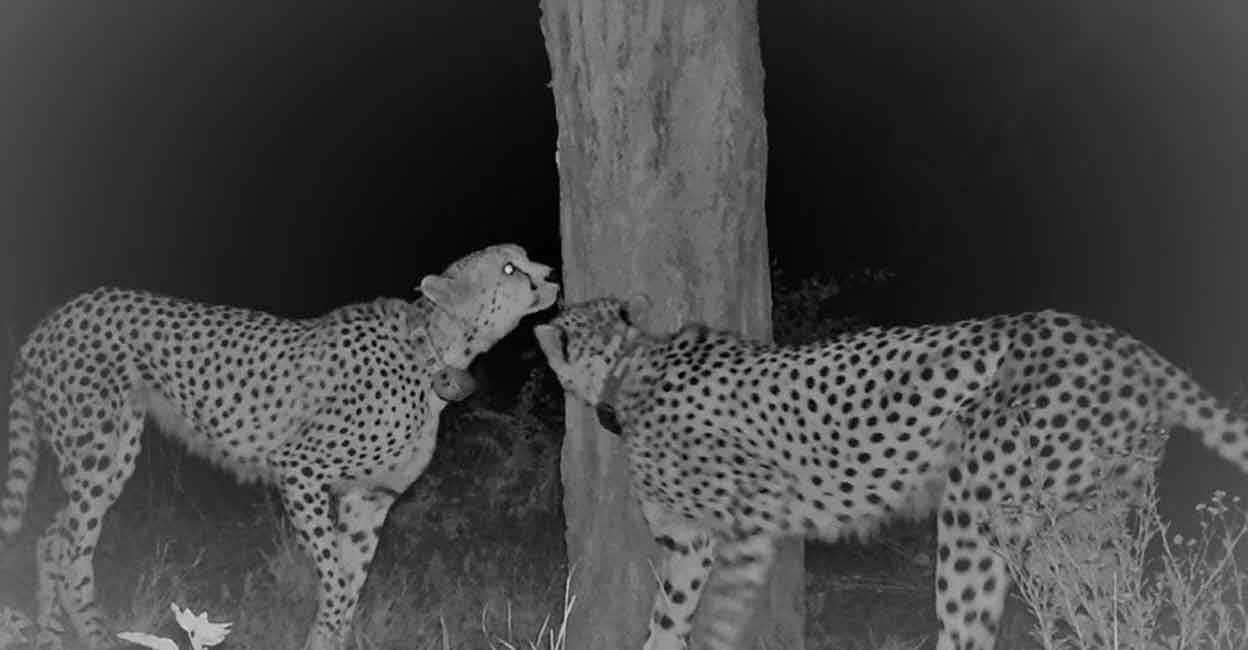
Allergies are caused by worms that lay eggs and multiply on moist skin. It is a kind of fly larva. When the hatched maggots start feeding on the skin of the cheetahs, the sores become infected. Once the worms become active, they enter the body through sores on the skin. The subsequent Myiasis infection is the cause of death of the cheetahs.

These pests are often found on the feet where moisture is trapped. This is removed by cleaning the cheetahs with their tongues. But this was not the case with the cheetahs of Kuno. The larvae nested under a radio collar attached to their neck. They could not clean the larvae with their tongues that had multiplied on the upper part of the neck. Their deaths occurred when the cheetahs were unable to fend off the rapidly multiplying larvae.
Experts believe that the humid weather during the monsoon season in India led to the infection through radio collar. Officials also said that after the detection of myiasis, the neck collars of the remaining cheetahs were removed. This is due to the conclusion that infection from the radio collar may have led to the deaths of the cheetahs. However, the Union Ministry of Forests and Environment has responded that this argument has no scientific basis. The Center has clarified that it is not yet time to decide whether the Cheetah project is a success or a failure and will not back down from the project.
Rajesh Gopal, chairman of the executive committee of Project Cheetah, said that the cause of death of the cheetahs may have been a blood infection from a wound caused by rubbing the radio collar. JS Chauhan, Principal Chief Conservator of Forests, Madhya Pradesh also shared the same opinion. At the same time, he said, this may not be the only reason. The kidneys and other internal organs of the 2 dead cheetahs were damaged. It was decided to remove the radio collar when the two cheetahs from Namibia also showed symptoms of the disease. Later the radio collars of the six cheetahs were removed.
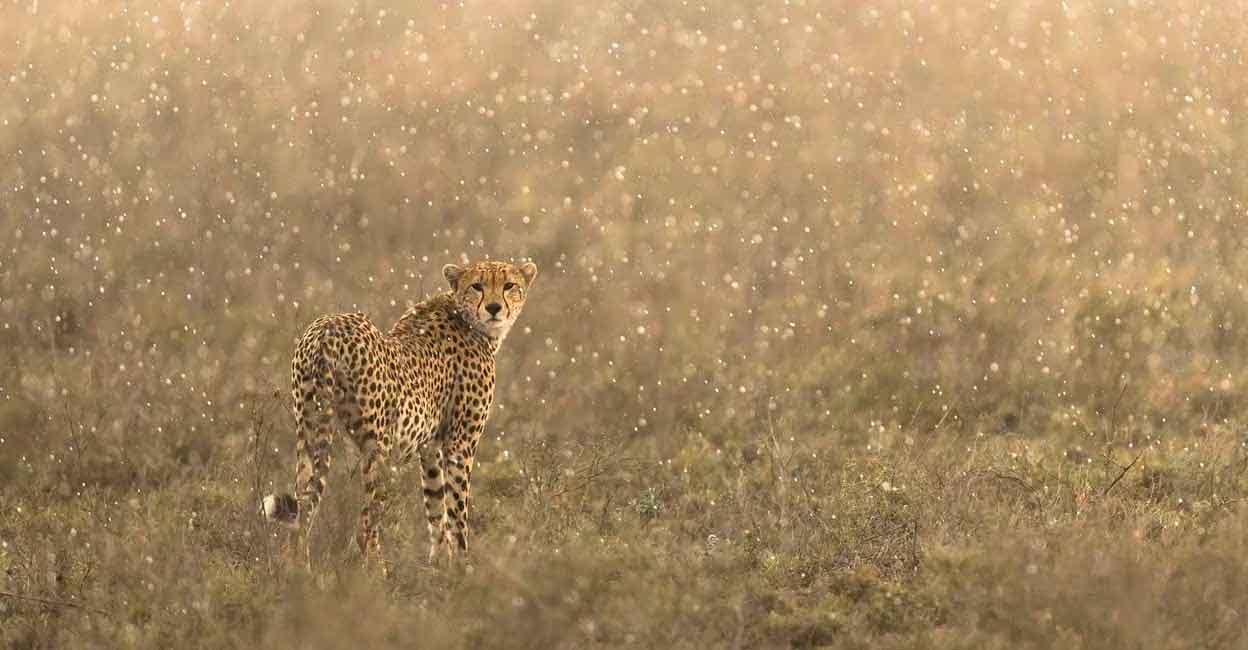
The radio collars of Gaurav, Shaurya, Pawan, Pavak, Asha, and Dheera were removed. The collar was removed by veterinarians from Kuno National Park and experts from Namibia and South Africa. The experts stated that Shaurya and Gaurav have serious infections and they are being given necessary treatment. The cheetahs are also undergoing medical tests.
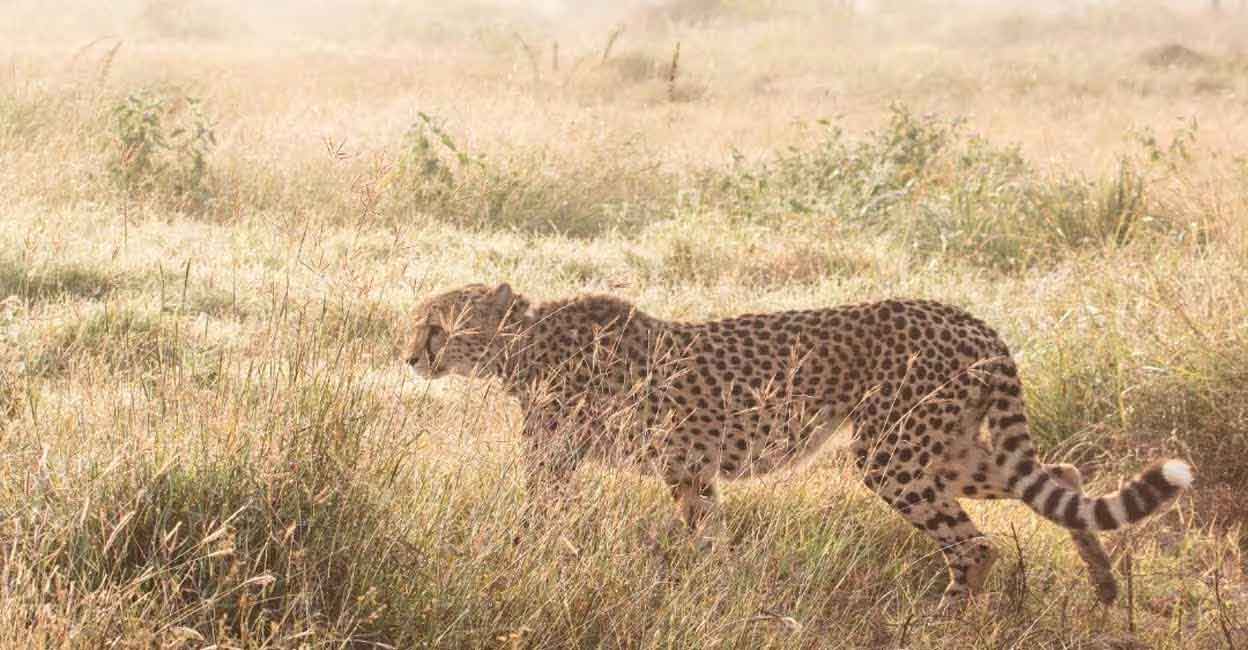
Why from Africa to India?
Despite the strong criticism of the mass death of cheetahs, experts say there is no need to worry. The death of the cheetahs is considered to be natural. Vincent Mander Verve, South Africa's cheetah metapopulation project manager and expert, explained that it is natural for more than half of the first arrivals to die when they are moved from one place to another. Out of 20 cheetahs brought to India, 8 were killed. But experts say that this should not matter.
Cheetahs once roamed the grasslands of northern India. But after they were killed en masse in hunting, cheetahs were declared extinct in the country in 1952. It was then that efforts were made to bring cheetahs back to Indian soil. But critics question the practicality of trying to bring the seven-decade-old extinct species from a geographically dissimilar African region.
The opposite party argues that the mass death of cheetahs shows that they have not been able to adapt to the new environment. Not only this but there are also complaints about space limitations in Kuno. Experts had earlier warned that the survival of cheetahs in the confined space of Kuno, where tigers and leopards roam freely, would be difficult. Critics argue that it was a mistake to bring African cheetahs in place of Asiatic cheetahs who were used to the Indian climate.
In 2009, the central government started trying to bring back the cheetahs. Project Cheetah was implemented after overcoming many difficulties. Not only environmentalists and zoologists, but even the Supreme Court at one point banned the project. Overcoming all these objections and after fierce legal battles, the project was approved. But the current reports coming out from Kuno suggest that the arguments made by all the critics in court were right.
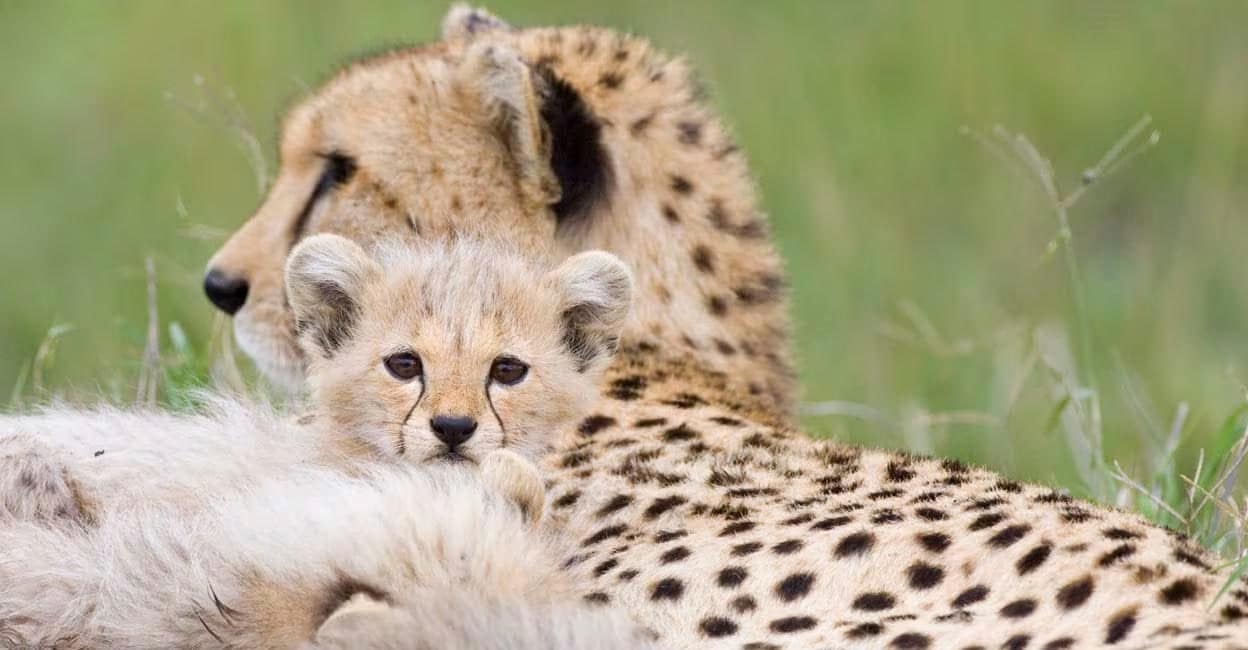
It remains to be seen whether cheetahs adapted to the dry climate and landscape of Africa will survive in the humid soil of India. More than 50 crore rupees have been spent till now to reach the dream of rehabilitation of cheetahs. The Center has also clarified that it will not back down from the project. The hope that at least the remaining cheetahs will survive drives the Ministry of Forests and Environment forward. Although there are many challenges, they hope to overcome all of them and move forward.
Meanwhile, another piece of news has come out on August 12. The released cheetah, Nirva, has been missing for a month. A cheetah named Dhatri was also missing for a week. Then its dead body was found. Environmentalists are praying that Nirva will not suffer a similar fate.

